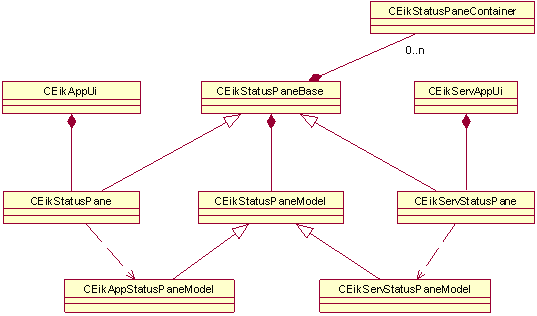
Figure 1: UML diagram of Status Pane API
Status Pane API provides support for accessing the application’s status pane. Status pane contents controls are AVKON controls. Status pane contents controls are dependent of Symbian OS and AVKON UI services. The controls are inside the status pane framework.
The status pane is divided in local application owned and global status pane server owned panes. Applications have direct API to the application owned panes.
The status pane exists outside the current application’s client area. Each pane is a window owning control. This allows the panes to be tiled together, even though they belong to different processes. A container control is used to host the status control for each pane.
Application owned panes are:
Status pane server owned panes are:
The whole status pane layout and behavior is controlled by the CEikStatusPaneBase class.
The status pane base class contains a status pane container to every pane.
Every container owns one status pane control.
For details on Application owned panes see the following documentations:
Title Pane APIContext Pane APINavigation Pane APIThe main use cases of the Status Pane API are:
This diagram shows the relationships between the client application (CEikAppUi),
the UIKON server (CEikServAppUi), the status pane classes
(CEikStatusPaneBase, CEikStatusPane and CEikServStatusPane)
and the resource structure representations (the model classes).
Each UI owns an instance of the status pane (through the application UI
factory mechanism) that contains the pane model and contents relevant to it.
There are common base classes for the status pane and its model, used by the
client applications and the server. Each status pane owns a set of CEikStatusPaneContainer controls,
which hold the status pane indicator controls.

Figure 1: UML diagram of Status Pane API